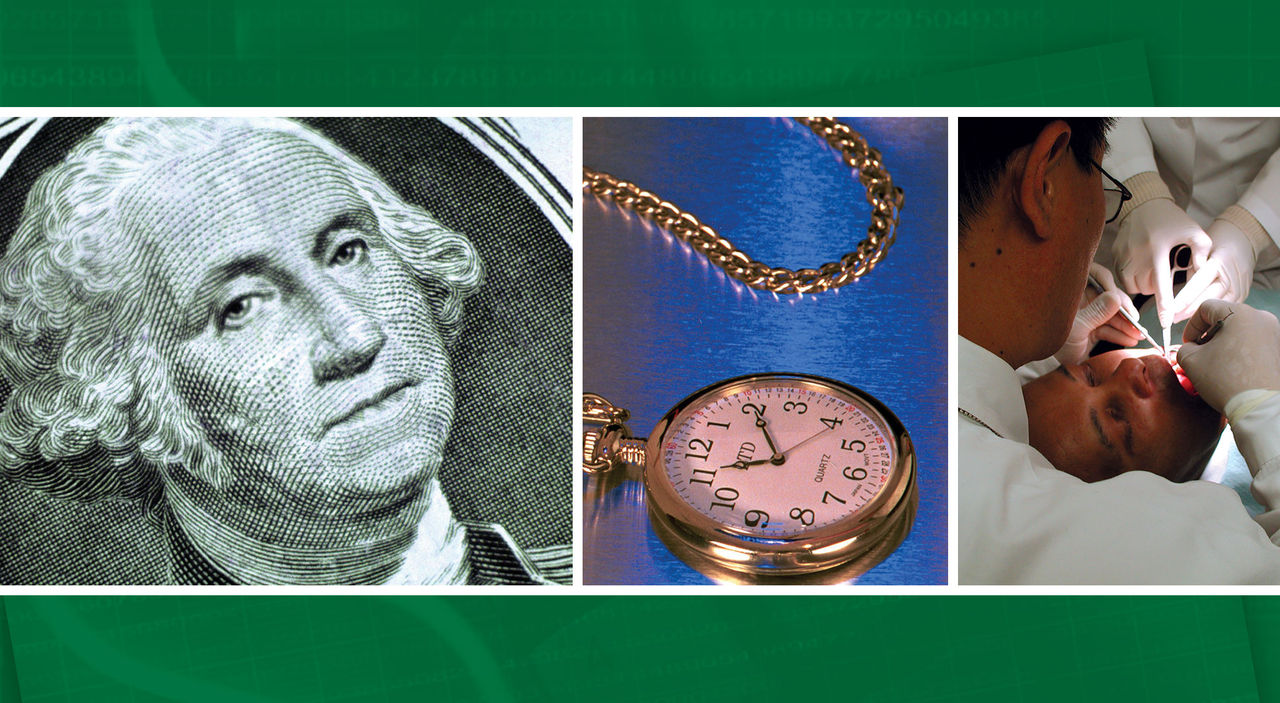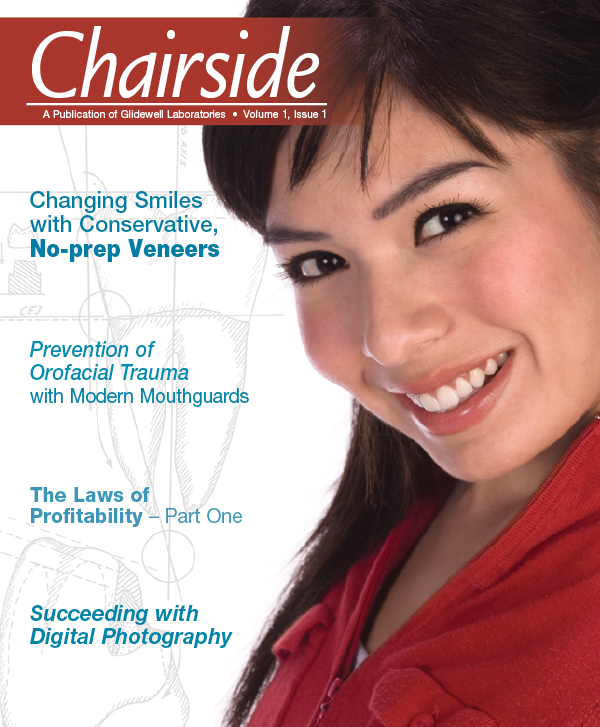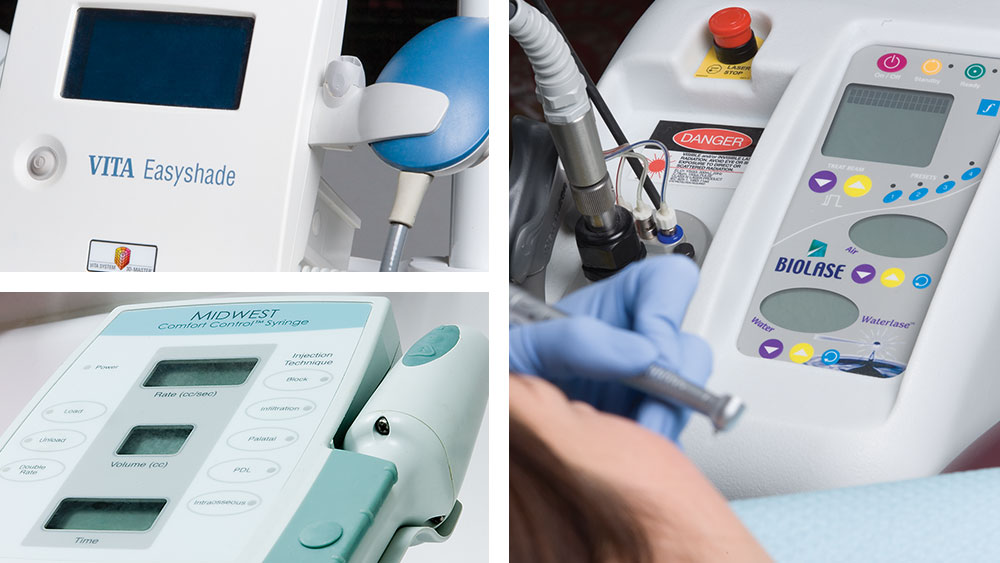The Laws of Profitability – Part One

Whether you like it or not, your practice is your business. As much as we hate to admit it, the magical “p” word in dentistry today has shifted. While it used to be “patient,” it now seems to be “profitability.”
“My patients come first!” is the cry of the clinical traditionalist. The fact is, though, that if you cannot combine “standard of care” with “profitability,” not only will you fail to succeed, but also your practice simply won’t survive. The inability to maximize profitability and cash flow is the single most important factor that creates stress in a practice.
So, let’s look at the two components of the equation that determine profitability. While Expense Management provides the smallest yield to your practice, it is unfortunately the most overworked component. With that idea in mind, I’ll begin with the more lucrative component of the profitability equation: Revenue Management. This particular factor is normally misunderstood and also underutilized.
This side of the profitability equation is driven by your clinical vision. Think of it as your brand identity. It’s also a philosophy that defines your practice, what you do and how you do it. This identity is mostly grounded in your patients’ perception of your practice. Brand identity also encompasses the standard of care that your practice provides to your patients.
TO DEVELOP BRAND IDENTITY:
- Define your mission – Why you exist.
- Outline your core values – What you believe in.
- Know your vision – What you want your practice to be.
- Implement a management system – I recommend the Straine Management System™. It will enable you to translate your vision into operational terms. That way, when you’re not present, your team can represent you.
- Put strategic initiatives into place – Make operating policies a part of everyone’s everyday job.
- Understand your personal objectives – What you need to do.
- Determine performance expectations for every team member.
- Monitor the attainment of your written goals daily, weekly and monthly.
AFTER YOU DEVELOP YOUR BRAND IDENTITY:
- Memorialize and memorize your brand identity.
- Educate each member of your team on your brand identity and the various ways to communicate it to every patient.
- Establish an ongoing series of continuing education workshops for your entire team that focuses on each aspect of your brand identity.
- Maintain a vigilant commitment to your brand identity.
Failing to create a brand identity leads to unfortunate consequences.
Often, discretionary behaviors take place at the operating level of your practice when brand identity is absent. This leads to ambiguity in the enforcement and delivery of your “policies” and “expectations.” Chaos becomes the norm, and you are left with unfulfilling relationships with your staff. Likewise, this is bound to happen with your patients as well. You reluctantly accept insurance- and/or price-driven relationships with your patients instead of building enviable “standard of care” relationships for which you are proud to serve. It’s easy to see how revenue is negatively impacted as a result of this “strategy.”
In today’s economic environment, managing expenses is not difficult. We find that our staff spends an inordinate amount of time “managing” in this area. This is mostly due to a lack of understanding of Revenue Management strategies.
To put it very simply: Revenue properly managed and less expenses properly managed = increased net income, cash flow and practice value for the committed practice owner.
Therefore, you must carefully establish the brand identity of your practice and analyze the systems that monitor execution of your strategies. Evaluate the worthiness of working in your practice. Everyone has a choice. Working in your practice must represent the highest and best use of your time and money, or it will never be perceived as the best use of time and money for your staff, your patients and future owners.
Revenue properly managed and less expenses properly managed = increased net income, cash flow and practice value for the committed practice owner.
- Wages – It is impossible to state what the percentage of your production should be without a thorough analysis of your practice. At the very least, though, an analysis must include the assumption of certain production levels for your providers, the careful review of the fee schedule for your practice, and an understanding of staff salary demographics for your area.
- Dental Supplies – With a variety of automated inventory management systems on the market today, you must consider introducing one into your practice. You will gain valuable hours of staff time that can be more appropriately used toward essential patient reactivation and education tasks — ride your brand within your patient base and community.
- Technology Investment – Nevertheless, invest in the latest technology on the market. Profitable practices are the result of effective leadership and effective equipment purchases. Enlist the assistance of qualified dental professionals who understand your brand and the consequences of their recommendations to your practice. Purchasing brand supporting technology distinguishes your practice among your competitors, increases its efficiency and increases its profitability.
Kerry K. Straine, Certified Professional Behavioral Analyst is president and CEO of Straine Consulting in Sacramento, California. You may email Kerry at kerry@straine.com or call 800-568-7200 for information on how you can receive a complimentary Straine Practice Analysis™ — the most productive hour you’ll spend learning about your practice this year.




